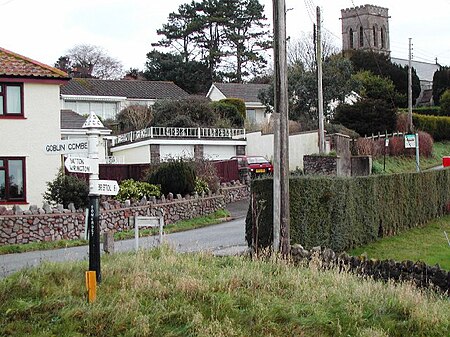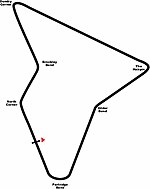Redhill, Somerset
Use British English from October 2013Villages in North SomersetWrington

Redhill is a compact village at the foot of a 173 m (AOD) hill of the same name to its east and north-east. Its lower level local authority is the civil parish of Wrington which is in North Somerset, England. It straddles the A38 Bridgwater-Bristol Road. It is about 8 miles (12.9 km) SSW of Bristol and close to Bristol Airport.
Excerpt from the Wikipedia article Redhill, Somerset (License: CC BY-SA 3.0, Authors, Images).Redhill, Somerset
Winters Lane,
Geographical coordinates (GPS) Address Nearby Places Show on map
Geographical coordinates (GPS)
| Latitude | Longitude |
|---|---|
| N 51.366979 ° | E -2.725859 ° |
Address
Winters Lane
Winters Lane
BS40 5SF
England, United Kingdom
Open on Google Maps










